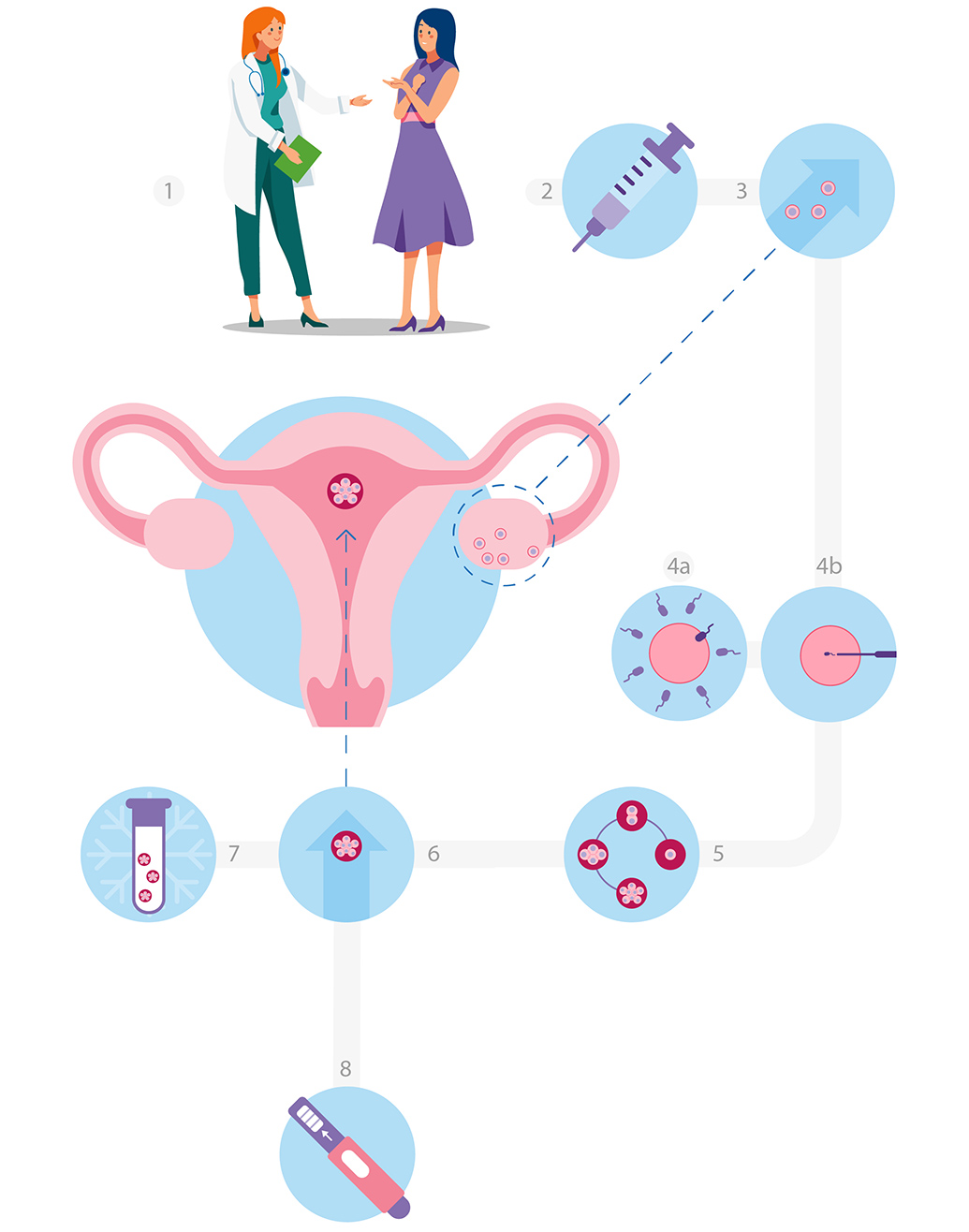In-Vitro Fertilization (IVF)
In-Vitro Fertilization (IVF) is a procedure that takes place under anesthesia to retrieve mature eggs from the ovaries. Eggs are then fertilized with designated sperm in the lab to create embryo(s). The embryos are transferred into the uterus at the optimal time.
If your physician identifies you as a candidate:

Step 1: Physician Consultation
A consultation will be scheduled with a Reproductive Endocrinologist and Infertility (REI) physician to discuss your medical history, family goals, and options going forward.
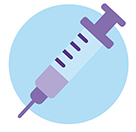
Step 2: Ovarian Stimulation
IVF treatment begins with prescribed medication self-administered through injections to stimulate oocyte (egg) recruitment. You will be monitored in the clinic with a series of ultrasounds for 1-2 weeks to determine the optimal time for egg retrieval.

Step 3: Egg Retrieval
Retrieval of the mature oocytes (eggs) will occur at a local, contracted IVF center with a Reproductive Endocrinology and Infertility (REI) physician. You will receive anesthesia to make you comfortable during the procedure.
The eggs will be fertilized with your partner’s (or donor) sperm in the lab to form embryos. The embryos will grow in the lab for 5 days, at which time freezing or transfer will occur, depending on what you and your physician determine is best.
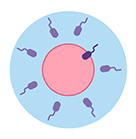
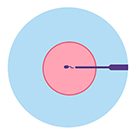
Step 4: Insemination and Fertilization
Insemination is the process of bringing sperm and eggs together to fertilize and develop embryos. Sperm is either placed with the eggs to allow for natural insemination (step 4a) or is injected into the mature eggs via a method called intracytoplasmic sperm injection (ICSI) (step 4b). ICSI is recommended when infertility cause is unknown, genetic testing is desired or natural fertilization chances are low.
The combined eggs and sperm are stored in an incubator to allow for fertilization and growth over the next 5 to 6 days.

Step 5: Embryo Culture
Over the next 5 to 6 days, the embryos (fertilized eggs) will start developing and growing. Embryos that develop normally are considered “blastocysts” by day 5. On the fifth day, the embryologists will assess the growth and quality of each embryo and provide a report of the outcomes.

Step 6: Embryo Transfer
Embryo transfer can occur as soon as 5 days after embryo creation. Or, frozen embryo transfer (FET) can occur one or more months later, depending on what timeframe you and your physician determine is best for you. FET requires additional self-administered injections of medication to prepare the uterus for pregnancy. The embryo transfer will occur at the same IVF center with your REI physician.
Testing of embryo(s) to screen out certain genetic problems may be required. Pre-implantation genetic testing (PGT) offers information about the embryo(s) beyond the visual assessment, allowing the selection of a genetically normal (euploid) embryo(s) for transfer.
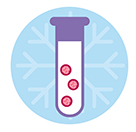
Step 7: Cryopreservation and Tissue Storage
Embryos are frozen via a state-of-the-art method called vitrification. This flash freezing process helps to preserve the tissue.
The embryos are stored in temperature monitored liquid nitrogen storage containers that are evaluated daily by the embryology staff. Changes to liquid nitrogen levels are also monitored by 24/7 alarms that notify the embryology staff directly.

Step 8: Pregnancy Testing
Human chronic gonadotropin (HCG) levels are measured via a blood test to confirm pregnancy approximately 9 to 11 days after embryo transfer. A second HCG blood test is done 2 to 4 days later. The trend between the first and second test is used to determine the viability of the pregnancy.
IVF Process
